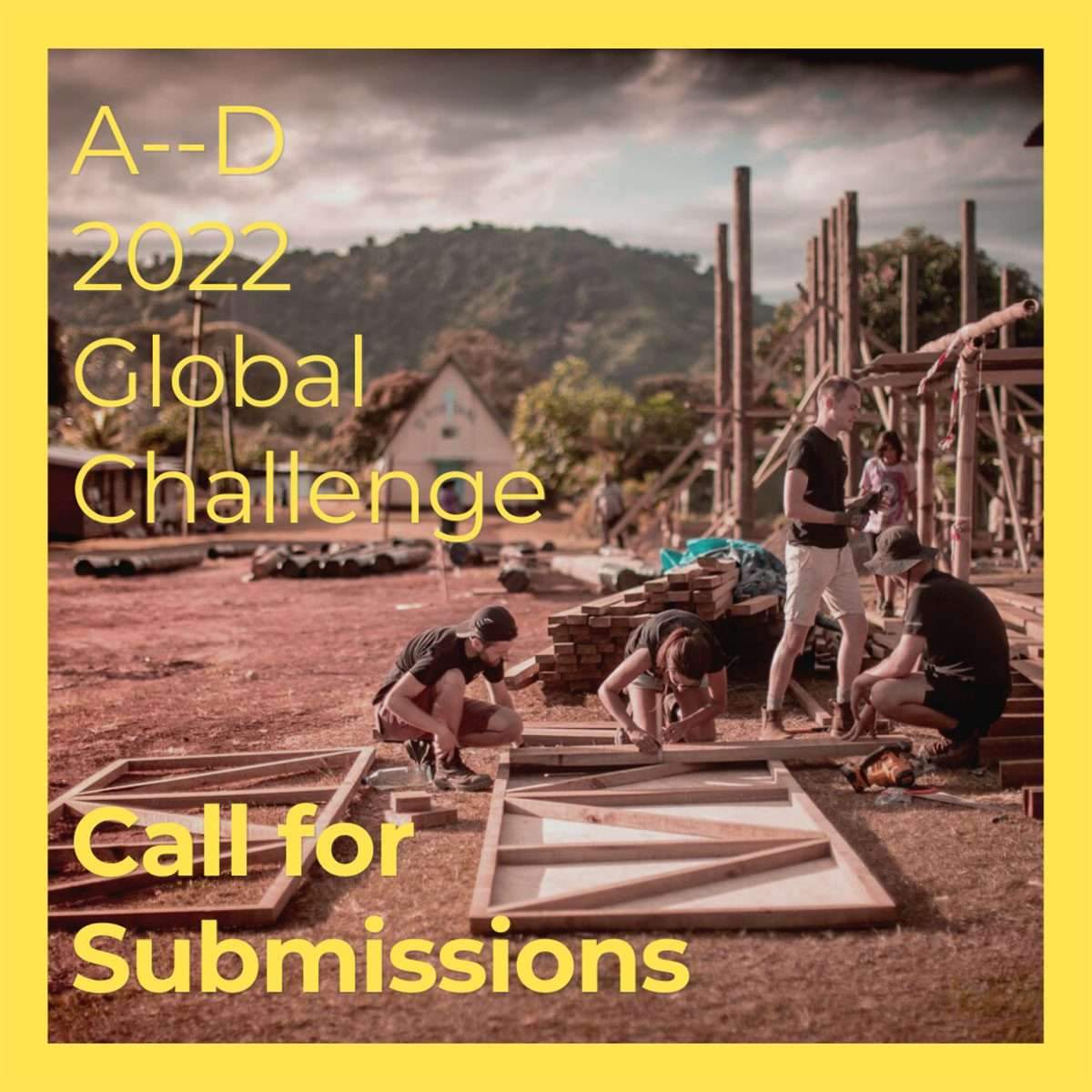Adaptive Reuse in Architecture: Transforming Old Spaces into New Opportunities
Adaptive reuse in architecture is the process of repurposing old buildings for new uses while maintaining their historical and architectural significance. As cities grow and urban spaces become more valuable, this approach offers a sustainable and innovative way to preserve the past while meeting modern needs. In this article, we will explore the concept of adaptive reuse and its impact on urban development.
What is Adaptive Reuse?
Adaptive reuse is a design strategy that allows for the transformation of outdated or unused structures into functional spaces for contemporary purposes. Instead of demolishing old buildings, architects and developers retain key elements of the original structure, blending them with modern design features. This method not only reduces construction waste but also preserves cultural heritage.
Benefits of Adaptive Reuse
- Sustainability: Reusing existing structures minimizes the environmental impact of new construction, conserving resources and reducing waste. The use of fewer materials helps in cutting down carbon emissions associated with construction activities.
- Cultural Preservation: Many buildings hold historical or cultural significance. Adaptive reuse allows cities to retain their architectural heritage while giving these spaces a new life, often turning them into public institutions, museums, or retail spaces.
- Cost-Effectiveness: Transforming an existing building is often more cost-effective than demolishing and constructing a new one. This approach also helps maintain the character of neighborhoods, blending the old with the new.
Case Studies in Adaptive Reuse
A well-known example of adaptive reuse is the Tate Modern in London, which was once a power station before being transformed into a world-renowned art gallery. Similarly, in New York, the High Line is a former railway line turned public park, showcasing the potential of adaptive reuse in urban environments.
Finally, find out more on ArchUp:







